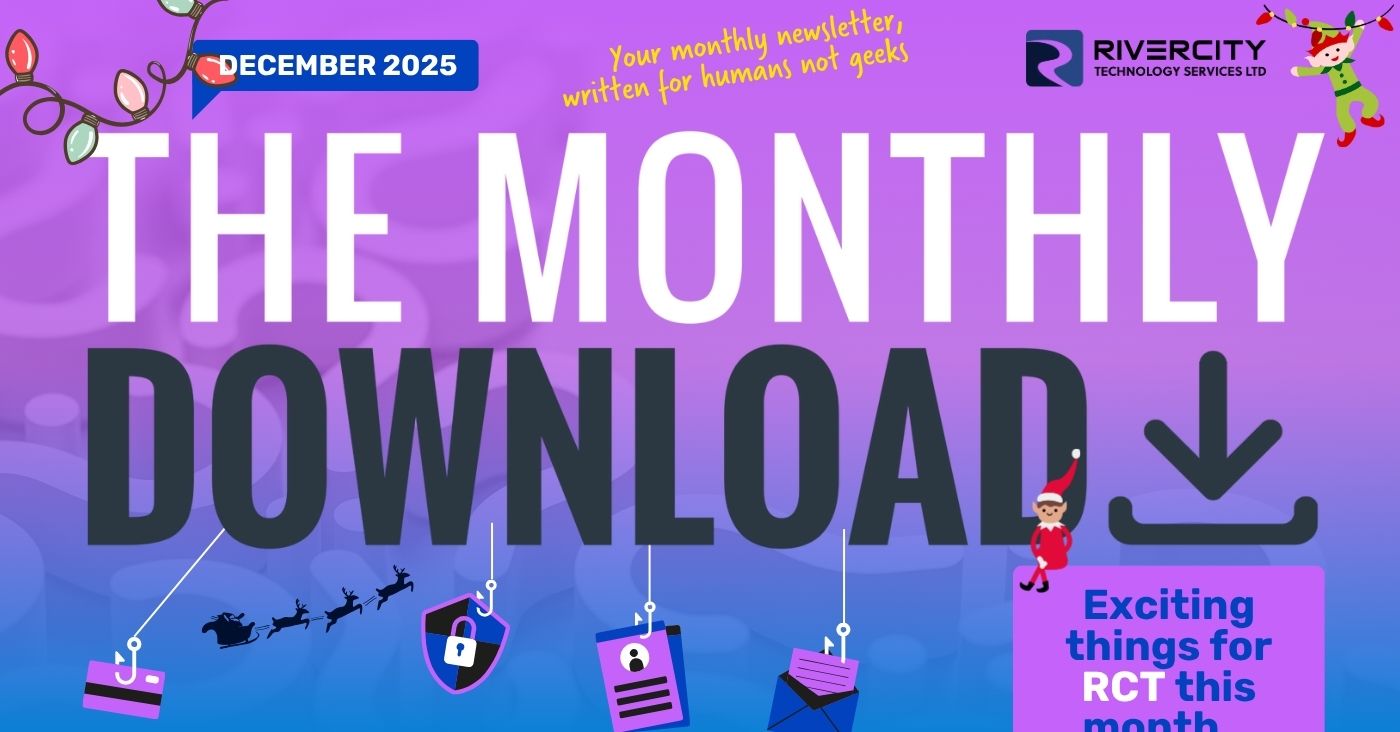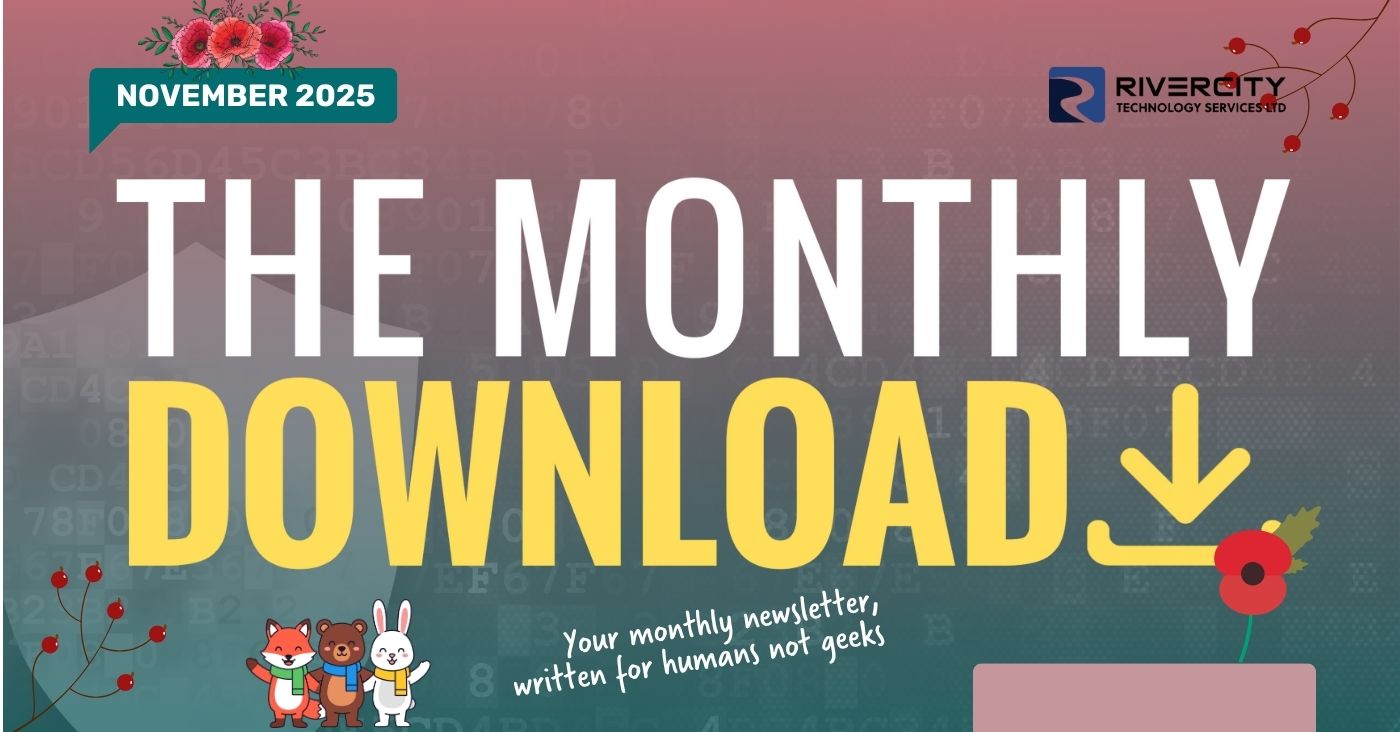Do You Know Exactly What Services Your Staff Are Signing Up for?
Whatever problem, need or want you have… there’s a cloud application out there that can help you.
We’ve never lived in a such a rich time for problem solving. Every day, hundreds of new services launch to make our lives easier and help us be more productive. These applications all live in the cloud. They’re known as Software as a Service – or SaaS – because you don’t load any software onto your device. You use them in your browser.
We would argue this SaaS revolution over the last 15 to 20 years has played a critical part in shaping the way we work today.
However, there’s an issue. Many businesses aren’t 100% aware what new services their staff have signed up to. And this problem isn’t a financial one, it’s a security one.
Let’s give you a scenario. Suppose a member of your team, Shanice, is trying to do something creative, but just can’t with her existing software. She Googles it, and finds a cool application.
Shanice signs up for an account, and as she’s in a rush uses the same email address and password as her Microsoft 365 account. Yes, reusing passwords is very bad practice. But this gets worse.
She uses the application for half an hour to achieve what she needs to do… and then forgets it. She’s got no intention of upgrading to a premium subscription, so just abandons her account.
That’s not an issue… until 6 years later. When that SaaS application is hacked by cyber criminals, and all its login credentials are stolen.
It’s well-known that cyber criminals will try stolen details in other sites, especially big wins like Microsoft 365.
Can you see the issue here? Shanice’s 365 account would be compromised, and she’d have no idea how it happened. She won’t remember an app she used for half an hour years before.
The answer is to have a solid policy in place about who can sign up for what kind of service. Also ask your technology partner if they have any way to track what apps are being used across your business.
And definitely get a password manager for your staff… this will generate a new long, random password for each application, remember it and autofill login boxes.
Password managers encourage good password practice because they make it easy.
Did You Know?
You can change your mouse cursor color in Windows 11.
It probably won’t make you any more productive, but it might be a good mood-booster!
- Open settings and choose Accessibility > Mouse pointer and touch the web
- Select custom. Choose the pointer style and color you want
- Close settings
Ta da! A cursor that matches your mood/coffee mug.
Technology Update
If you use Microsoft Teams on desktop, you’ll be able to use a Bluetooth enabled headset to control your calls.
An update means you can use the buttons on your headset (or a speaker phone) to answer and end calls, rather than fumbling about for the on-screen button.
An end to awkward pauses? Sign us up!
Fun Tech Quiz
Gather round for this month's tech quiz. Who has the most random technology knowledge in your office?
- What shape was the original design for the first Apple phone?
- True or false: 50% of the world has never made a phone call?
- What is nomophobia a fear of?
- How do you pronounce "PNG" file?
- What was the first home computer to have a color display?
The answers are below.
- Apple was developing an apple-shaped flip phone before the iPhone. Wouldn't you love to see that one?
- False. It's a stat still used today, but dates back to the mid 90s
- Not having a working mobile phone
- Ping
- The Apple II in 1979
Q&A
Question: Should I let my team have work apps on their personal phones?
Answer: It's personal preference. But if you do, make sure their phones are protected by the same security measures they'd have on work devices.
Question: Should I be monitoring my remote staff?
Answer: Software exists to do this, but what message does it send to your team? It can be highly counterproductive in many cases. Take the time for regular catchups over Teams instead, or try a productivity tracker if you have concerns.
Question: I've received an email that looks genuine, but hasn't addressed me by name. Should I click the link?
Answer: If you ever have cause for doubt, don't click links or download files. Phone the sender to check if they really sent the email. It may take a few minutes but it's worth it.
Inspirational Quote of the Month
“The first rule of any technology used in a business is that automation applied to an efficient operation will magnify the efficiency. The second is that automation applied to an inefficient operation will magnify the inefficiency.”
—Bill Gates, Co-founder of Microsoft
New to Microsoft 365
Word and Excel are getting an iPad redesign.
Do you ever get a bit of work done at home using your iPad?
Microsoft’s giving the standard Office tools (Word, Excel, and PowerPoint) a bit of a redesign on the iPad, to make them look more like they do on your computer.
The preview is available now and we reckon it could go into general availability in the next few months.
Tech Facts
- Two years after its launch, Microsoft Team generated $800 million in revenue.
- The most expensive domain name(CarInsurance.com) costs $49.7 million.
- On average, there are 500,000 new internet users every day.
Would You Pay if Your Business Was Crippled by Ransomware?
Ransomware is scary. It’s where cyber criminals lock your data and charge you a ransom fee to get it back.
If it happened to you, would you pay the fee?
Despite what the criminals promise, they don’t always unlock data when the ransom fee is paid. Or they ask for a second fee. Or they unlock it and then sell it on the dark web anyway.
Many large companies are now refusing to pay, finding other ways to get their data back. And ransomware groups are looking for different opportunities.
Small, financially stable businesses are the new targets. And the size of payments demanded has increased.
This means you and your team need to be vigilant about cyber security. Continue to take the necessary precautions such as using a password manager, checking emails are from who they say they’re from, and making sure your network is being monitored and protected.
It’s also vital that you have a working backup of all data. Check it regularly.
Even without paying the ransom demand, your business stands to lose a lot of money if hit by ransomware. It takes ages and can cost a ton to get back on your feet.
If you want us to audit your business and check its ransomware resilience, get in touch.
This Is How You Can Get in Touch With Us






















